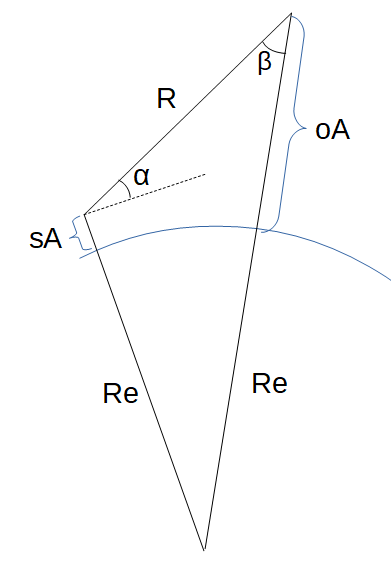Tags | |
The Signal to Noise Ratio Gain due to Range Processing calculator computes the gain based on the effective pulse width, noise bandwidth and reduction in signal noise.
INSTRUCTIONS: Enter the following:
- (Teff) Effective pulse width of the radar
- (BN) Noise bandwidth at the antennae
- (Lr) Reduction in signal to noise ratio gain due to non-ideal range filtering.
Signal to Noise Ratio Gain due to Range Processing (Gr): The SNR gain is returned in decibels. However this can be automatically converted to a real via the pull-down menu.
The Math / Science
The formula for the Signal to Noise Ratio Gain due to range processing (pulse compression) is:
Gr= Teff⋅BNLr
where:
- Gr is the Signal to Noise Ratio Gain due to range processing (pulse compression)
- Teff is the effective pulse width of the radar
- BN is the noise bandwidth at the antennae
- Lr is the reduction in signal to noise ratio gain due to non-ideal range filtering.
This equation calculates the SNR gain due to range processing (pulse compression)Signal-to-Noise of a Synthetic Aperture Radar.

- SNR Gain Due to Azimuth Processing (coherent pulse integration)
- SNR Gain Due to Range Processing (pulse compression)
- Target Radar Cross Section
- Monostatic SAR Transmitter Antenna Gain Factor
- Radar Atmospheric Loss
- SAR Duty Factor
- Grazing Angle
- Slant Range
- Slant Range (Beta Angle)
- ^ Performance Limits for Synthetic Aperture Radar - Second Edition. Sandia National Laboratories, Albuquerque, NM. Printed February 2006.

